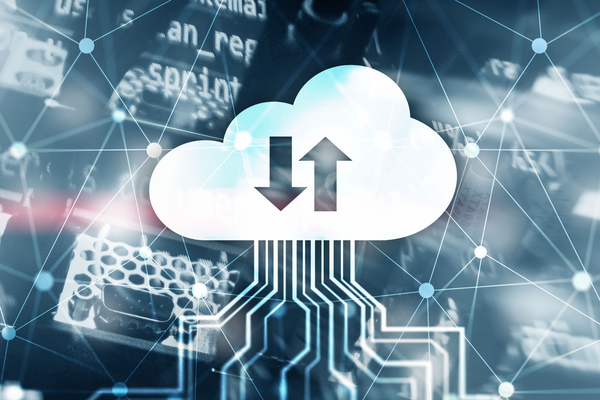Clouds may seem isolated, but in reality they are just a component part of the extended IT infrastructure. Treating them as distinct entities only creates headaches and risk.
Even organizations that have standardized on a single cloud technology stack have a hybrid, multi-cloud environment. The cloud provider still needs to interact with endpoints, and has its own techniques for managing those endpoints at scale. The cloud software that manages those endpoints is separate from the software that manages the server side of the environment. However, few organizations take full advantage of the tools at their disposal, and attempt to manage endpoints and user identities with traditional on-premises tools.
Security depends on the ability to determine what endpoint is in the user’s hand and manage it in the same way as the cloud. That’s why organizations invest in mobile device management (MDM) solutions — IT needs the ability to configure any settings on endpoint devices with the same ease that they manage cloud resources. However, a traditional MDM solution separates the management of endpoint devices from the management of cloud servers. It works for the most part but results in an unnecessarily complex environment that leaves security gaps.


